
Tome of Heroes from Kobold Press is My Kind of Campaign Resource
Later this very evening Nerdarchist Dave and I plan to focus on Journeys Through the Radiant Citadel for this week’s Monday Live Chat. For a very brief preview during our meeting this morning I expressed how campaign settings hold very little interest for me. In contrast I’ve been pouring over Tome of Heroes from Kobold Press the last couple of weeks and I’m pointing at books like this as exactly the kind of resource I cherish when it comes to my own fifth edition Dungeons & Dragons campaign. Let’s get into it.
Inspirational game material
The first thing I do whenever I get a new Kobold Press book, which the folks there were kind enough to send my way, is look through the credits. My first stop there is Graphic Design, where I see longtime KP Art Director and Lead Graphic Designer Marc Radle. I know this book will look clean and sharp (and I’ll almost certainly pick up a new trick or too for myself). I also see frequent KP illustrator Bryan Syme listed with the Interior Artists, who to my mind sets the tone for the visual look of KP material. Stalwart editor Meagan Maricle appears for Development and Editing as well and of course Wolfgang Baur shows up as Publisher. I’m already down for whatever shows up inside.
When it comes to settings for my 5E D&D games — or just about any other RPG — my preference lies in creating my own. Often this takes place in cahoots with the players to some extent. I also love to pluck elements from lots of other sources as seasoning for whatever I’m working on whether it’s entertainment media, various RPG sources or things from our own real world. For example my homebrew campaign setting counts elements from my own Slovenian heritage and another KP title (Tales of the Old Margreve) among the many sources of inspiration.
What I love about books like Tome of Heroes is they provide lots of new mechanical options for players. The juice for me is gleaning new adventures and scenarios from those mechanical components. I want to come up with my own stuff along with the players who participate in the games. Utilizing a resource like Tome of Heroes inspires creativity without becoming bogged down in voluminous text detailing tons of stuff I’ll almost certainly not find useful during play. There’s plenty of KP material for those who enjoy this sort of content too like their Midgard Worldbook.
Inside Tome of Heroes
The book is divided into seven chapters. Each covers a distinct aspect of 5E D&D with a definite focus on character options. Of course there’s races, subclasses and backgrounds. There’s also feats, which are strangely included with backgrounds. The remaining chapters of the book cover adventuring gear, adventuring rules, magic and spells and finally magic items. This grab bag approach to new game content lands exactly in my comfort zone.
In other sorts of campaign guides there’s often an assumption character options remain limited to what’s presented for the setting. For instance a book like Mythic Odysseys of Theros assumes Human, Centaur, Leonin, Minotaur, Satyr and Triton are the only races existing in the setting. I have yet to come across a group of players who sticks to these or similar guidelines for any particular setting. There’s no shortage of players frustrated with Game Masters who limit character options in their games though. This is all a long way of getting to my point, which is I find it much more enjoyable to create the basics of a world and then watch it evolve and unfold in unexpected ways because of what the players bring to the table through their characters.
And boy can they bring a lot from Tome of Heroes!
Races
All of the races follow the original 5E D&D race structure, which I prefer. Each entry includes a bit of lore to inspire your own creativity both as a player or GM. There’s also several sidebars throughout the chapter with more insights into various races. Terrific stuff as expected from KP material.
- Alseid. Deerlike cousins to centaurs with a deep connection to ancient forests. And they’ve got awesome antlers! For my taste this is a super cool take on a centaurlike race and using a deer as the animal inspiration is genius.
- Catfolk. I’m a cat person so I’m down for all sorts of anthropomorphic felines. It all began with an obsession over Jaka from Talislanta, which incidentally got me to start drinking coffee at an early age.
- Darakhul. Ghouls as playable characters! I love how they’re presented as a legitimate race of those who transitioned to undeath. Now that’s some campaign setting inspiration. There’s a whole bunch of variants depending on the characters’ living race, which is really useful material to include.
- Derro. I’m a sucker for subterranean stuff. I must say though after playing D&D for decades now I’ve never quite grasped the point of derro. They’re somewhere between duergar and svirfneblin…? They’ve always been presented as collectively insane and Tome of Heroes is no different. There’s a robust amount of material about derro including three subraces.
- Drow. The bits of lore presented here do a much better job finding a middle ground for dark elves than I see in more recent official 5E D&D material. Tome of Heroes breaks drow away from being a subrace of elf to its own distinct race with it’s own subraces. Nicely done, KP.
- Dwarf. Fireforge and Spindrift dwarves are both subraces of the baseline 5E D&D dwarf found in the Basic Rules. I like how these two dwarves incorporate their distinct cultural qualities into the character option. And they don’t even need a “mystical connection” to some outside magical force or plane of existence to explain. (Looking at you, Monsters of the Multiverse revisions.)
- Elf. Dunewalker and Frostfell elves follow in the dwarven footsteps as two subraces for baseline elves. Although I must say as an aside how strange it is after all these decades of D&D how so many races develop differently depending on where and how they live but humans are just humans no matter what. Kind of weird, huh?
- Erina. KP is no stranger to anthropomorphic animal races and here’s a pretty unusual one — hedgehog people! This is a great example why I prefer sources like Tome of Heroes for world building rather than dedicated campaign setting guides. The concept of a civilization of hedgehog people does not intrigue me whatsoever. But I could certainly find a place for an individual in my experiences.
- Gearforged. Longtime KP stand-ins for warforged these artificial entities distinguish themselves because they are vessels into which conscious minds are transplanted. This gives them a very different perspective than Eberron’s playable construct race. There’s even a variety of subraces and each chassis is modeled on a different race’s likeness such as gnome or kobold.
- Gnome. It’s only in the last few years I’ve developed a great fondness for gnomes in D&D. Like the dwarves and elves preceding it this section offers two subraces for the baseline gnome. Shoal gnomes induct the small folk into the pantheon of aquatic subraces with an amphibious option while Wyrd gnomes present the option to play a gnome with a magical mutation.
- Halfling. FIVE new subraces for halflings?! Here again the external environment creates an offshoot culture and race. If I’m honest though two of them — Courtfolk and Urban halflings — are a bridge too far for me. Those feel much more like individual choices than a foundation for an entirely distinct race.
- Minotaur. The base race looks pretty close to the official version but there’s two subraces as well. One is adapted to wetlands and the other to highlands. I’m not a big minotaur enthusiast.
- Mushroomfolk. I’ll take this opportunity to plant my flag in coming up with better names for races than Whateverfolk. There’s a long tradition of this practice and I always find it lackluster. But I do love very unusual races like this much more than humanesque and anthropomorphic animal options. This presents something truly alien to the human mind and there’s even three subraces!
- Satarre. See what happens when evil entities create sentient servitor races? You get awesome stuff like this. It’s not a commentary on real world society or anything of the sort. Instead it’s one of my favorite KP concepts — the Void — influencing a fantasy race and culture. These creepy zealots absolutely have a home in my home setting.
- Shade. Basically a revenant. There’s a wealth of intriguing contextual material along with a very cool suite of racial traits.
Subclasses
There’s nearly 100 pages of new subclass options for all 12 of the core 5E D&D classes. Without going deeply into each of them instead I’ll break them down by class and rely on the subclass names to evoke whatever response in you they may.
- Primal Paths for Barbarians. Path of Booming Magnificence, Path of Hellfire, Path of Mistwood, Path of the Dragon, Path of the Herald, Path of the Inner Eye, Path of Thorns
- Bard Colleges for Bards. College of Echoes, College of Investigation, College of Shadows, College of Sincerity, College of Tactics, College of the Cat
- Divine Domains for Clerics. Black Powder Domain, Hunt Domain, Mercy Domain, Portal Domain, Serpent Domain, Shadow Domain, Vermin Domain, Wind Domain
- Druid Circles for Druids. Circle of Ash, Circle of Bees, Circle of Crystals, Circle of Sand, Circle of the Green, Circle of the Shapeless, Circle of Wind
- Martial Archetypes for Fighters. Includes new Fighting Style — Gunfighting, Buccaneer, Chaplain, Legionary, Pugilist, Radiant Pikeman, Timeblade, Tunnel Watcher
- Monastic Traditions for Monks. Way of Concordant Motion, Way of the Dragon, Way of the Humble Elephant, Way of the Still Waters, Way of the Tipsy Monkey, Way of the Unerring Arrow, Way of the Wildcat
- Sacred Oaths for Paladins. Includes new Fighting Style — Gunfighting, Oath of Justice, Oath of Safeguarding, Oath of the Elements, Oath of the Guardian, Oath of the Hearth, Oath of the Plaguetouched
- Ranger Archetypes for Rangers. Includes new Fighting Style — Gunfighting, Beast Trainer, Grove Warden, Gunslinger, Haunted Warden, Snake Speaker, Spear of the Weald, Wasteland Strider
- Roguish Archetypes for Rogues. Cat Burglar, Dawn Blade, Sapper, Smuggler, Soulspy, Underfoot
- Sorcerous Origins for Sorcerers. Includes new Metamagic — Autonomous Spell, Bewildering Spell, Concussive Spell, Contingent Spell, Emotional Spell, Enlightening Spell, Fearful Spell, Hidden Spell, Homing Spell, Hungry Spell, Immaterial Spell, Lingering Spell, Logical Spell, Robust Spell, Sapping Spell and Shared Hunger Spell, Black Powder Sorcery, Cold-Blooded, Hungering, Resonant Body, Rifthopper, Spore Sorcery, Wastelander
- Otherworldly Patrons for Warlocks. Includes new Eldritch Invocations — Chaotic Aegis, Chaotic Luck, Convulsions of the World, Doom Hound, Earthblood Geyser, Echo of the First Words, Entangling Blast, Extinguishing Blast, Forest-Trained, Green Thumb, Improved Companion, Knowledge of the Wood, Lurker in Gloom, Nature’s Armor, Patient Hunter, Primal Link, Shadow Arrow, Silent Stalker, Speaker for the Trees and Touch of the Forest, Ancient Dragons (with a big sidebar detailing several individual dragons), Animal Lords, Hunter in Darkness, Old Wood, Primordial, Wyrdweaver
- Arcane Traditions for Wizards. Cantrip Adept, Courser Mage, Familiar Master, Gravebinding, School of Black Powder, School of Liminality, Spellsmith
Backgrounds and Feats
All of the backgrounds include the standard components. There’s a selection of skill and tool proficiencies, languages and equipment along with a Feature and the suggested Personal Characteristics. The feats come after the backgrounds, which are in alphabetical order and I’ll include any prerequisites for them.
- Court Servant
- Desert Runner
- Destined
- Diplomat
- Forest Dweller
- Former Adventurer
- Freebooter
- Gamekeeper
- Innkeeper
- Mercenary Company Scion
- Mercenary Recruit
- Monstrous Adoptee
- Mysterious Origins
- Northern Minstrel
- Occultist
- Parfumier
- Scoundrel
- Sentry
- Trophy Hunter
- Boundless Reserves (Wisdom 13 or higher and the Ki class feature)
- Diehard (Constitution 13 or higher)
- Draconic Rune Casting (The ability to cast at least one spell)
- Floriographer (Proficiency in one of the following skills: Arcana, History or Nature)
- Forest Denizen
- Friend of the Forest
- Giant Foe (A Small or smaller race)
- Harrier (The Shadow Traveler shadow fey trait or the ability to cast the misty step spell)
- Hedgecraft (Proficiency in two of the following skills or proficiency in one of these skills and with an herbalism kit: Arcana, Medicine, nature or Survival)
- Inner Resilience (Wisdom 13 or higher)
- Part of the Pack (Proficiency in the Animal Handling skill)
- Rimecaster (A race or background from a cold climate and the ability to cast at least one spell)
- Sorcerous Vigor (Charisma 13 or higher and the Sorcery Points class feature)
- Stalker
- Stunning Sniper (Proficiency with a ranged weapon)
Adventuring Gear
There’s all sorts of neat stuff in this chapter. You may have guessed with all the character options related to black powder there’s material about these weapons inside and you’d be correct. There’s also three new kinds of armor and two new shields. A whole slew of new weapons is a welcome addition for many, many players too. This chapter presents special materials as well, which is a longtime tradition in D&D I’ve always enjoyed. I also dig the variety of gear and tools where you’ll find some new tool kits in the mix. Clockwork creatures, vehicles and war animals round things out along with a d100 table of trinkets, a personal favorite part of character creation. The end of this chapter includes stat blocks for the creatures presented earlier.
Adventuring Rules
Now we’re getting into some fantastic GM material. Give me fun mechanics, tables and charts with which to engage players! New options for Downtime get the ball rolling. This rarely employed aspect of 5E D&D is frankly one of my favorite parts of the game. Whenever it’s been used in games I’ve been part of the results are amazing. In particular when I played in a Waterdeep: Dragon Heist campaign I barely remember anything about the actual adventure because our downtime activities were so memorable and fun. These downtime options cover a ton of scenarios I come across players discussing almost every day.
There’s an excellent section on Group Themes, which is a topic we bring up very often ourselves in videos, blog posts and conversations with fellow gamers. I like how there’s dedicated space to the concept in this book. It’s something we’ve discussed doing ourselves behind the scenes and KP beat us to the punch!
Lastly there’s Weapon Options. I’m a bit torn on this section. On one hand there’s existing precedent for stuff like disarming and shoving opponents in the Dungeon Master’s Guide. But I feel like too many of these step on the toes of the Battle Master fighter, take too many liberties with action economy and/or remove a DM’s power to adjudicate by placing the onus of control in the players’ hands the way 3.5 D&D did. For lots of players out there I’m sure all of these things are points in the favor of Weapon Options but for my taste not so much.
Magic and Spells
At this point Tome of Heroes already boasts a high page count but there’s still quite many pages to go. This chapter begins by presenting two new and distinct forms of magic. Both Draconic Rune Casting and Hedge Magic are explored in character options earlier in the book and expanded upon here. The latter in particular is quite robust and if I’m honest a little too kludgy looking along the same lines as D&D’s penchant for introducing psionics after the fact in every edition. Hedge Magic provides a path to using the magical properties of plants to create effects, which sounds really cool to me.
Finally there’s the new spells and class lists showing where these new options fall. There’s a lot of new spells — over 50! — and they’re spread out pretty nicely across all the classes with access to spellcasting and all spell levels too.
Magic Items
This chapter feels a little out of place only because magic items are typically the purview of the GM. There’s a few edge cases of crossover with players and including them in this Tome of Heroes seems a bit tacked on if I’m honest. I suspect this selection of magic items are things designed with specific character options from elsewhere in the book in mind. As creators with our own big collection of content I can understand the value add of incorporating related material too.
Let Tome of Heroes guide your campaigns
Whew, what a lot of material! I love looking through resources like this because any one little thing might give me an idea for a new character, a new adventure, a new area of my own setting and more. At the same time those inspiring bits aren’t buried amid heaps of indulgent lore and tedious details.
If I have any concrete criticism of Tome of Heroes it’s that I can imagine players wishing content were available piecemeal the way D&D Beyond offers official character options. It’s worth considering how much of these character options you might feasibly use but for a group seeking fun new material it’s definitely worth adding to your collection.
Check out Tome of Heroes to order your own copy and help support Nerdarchy here.
*Featured image — Tome of Heroes includes new 5E options to level up your heroes with new subclasses, variant races, high magic, and a treasury of new gear! Adventure awaits!




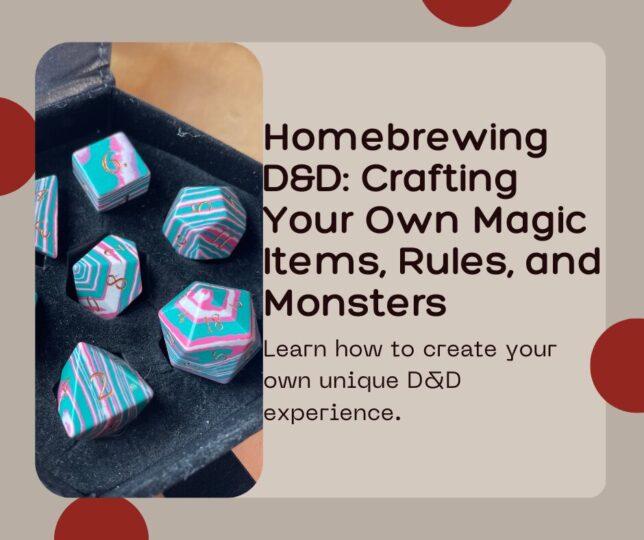
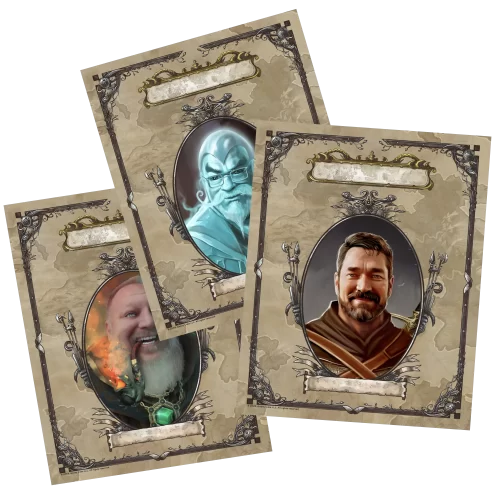
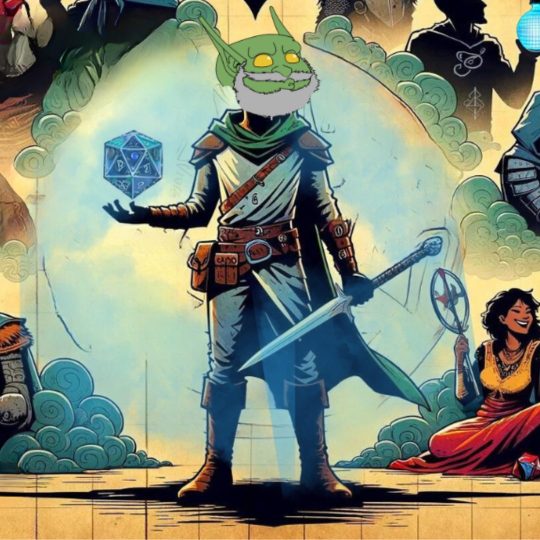
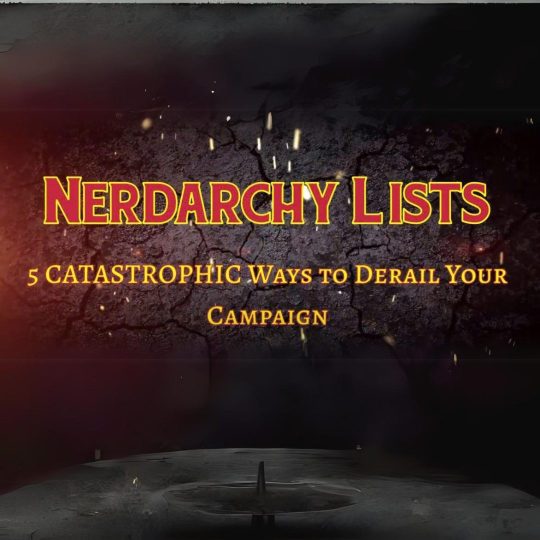
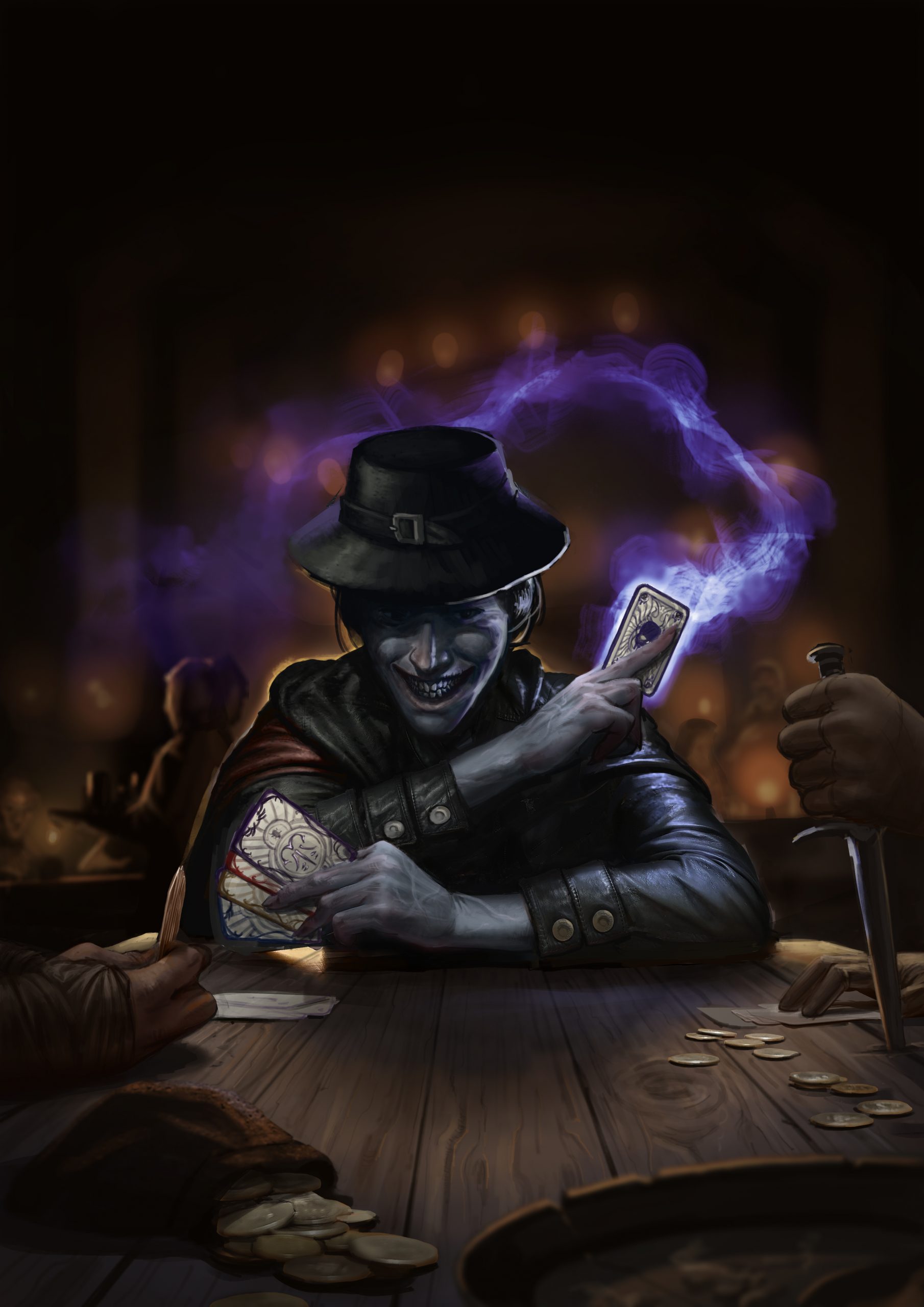
No Comments